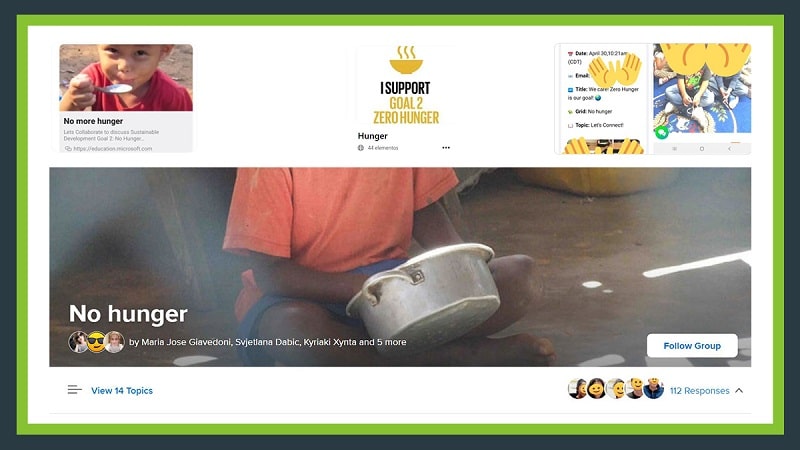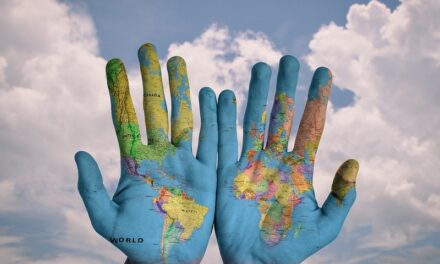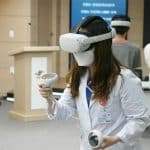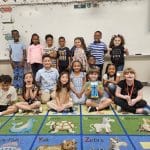July 3, 2021
No More Hunger is one of the many collaborative EdTech projects that I have worked on. When launching this project, I decided to focus on Sustainable Goal Two because I view it so important since extreme hunger and malnutrition remain a barrier to sustainable development and create a trap from which people cannot easily escape.

Hunger and malnutrition mean less productive individuals who are more prone to disease and thus often unable to earn more and improve their livelihoods. We should think about how we grow, share and consume our food. If we do that, agriculture, forestry and fisheries can provide nutritious food for all and generate decent incomes, whilst supporting people-centred rural development and protecting the environment.
During this collaborative EdTech project, teachers and students worked on the following topics: world hunger, hunger in their own country, world food and child labour. They also identified the causes of hunger and offered potential solutions. They used different Microsoft EdTech tools within their project to facilitate collaboration.
Firstly, I used Microsoft tools to collect information about the various countries, associated time zones, the age of the students, their ability levels and their knowledge of the required EdTech applications. I also offered free training to anyone who needed it and discussed the strategies to be implemented according to each learning context.
Following the step above, I shared a book in OneNote which I created with information and stages about the project. We covered vocabulary relating to food, information on the food eaten in different countries, the causes of hunger and possible solutions. We worked together using a Wakelet Space that was curated specifically for this project. Each teacher created their own collection for their students to add information and had the opportunity to provide their voice.
I also made a Buncee board and students added amazing presentations regarding the project. We used another EdTech tool, Flipgrid, so pupils could record and share responses. Finally, we designed our local projects in our communities and connected online to present and discuss our findings using Microsoft Teams.

RECOMMENDED: https://global-edtech.com/category/community/
Students developed 21st century skills, such as collaboration, as they all worked together on a common goal: eradicating world hunger. They collaborated to build a shared understanding, make their voices heard and drive change in their world. In their interaction there was negotiation, conflict resolution, agreement on what must be done, distribution of tasks, listening to the ideas of others, and integration of ideas into a coherent whole. All students had opportunities to develop their skills.

Powerful EdTech tools such as Flipgrid and Microsoft Teams enabled students to communicate effectively either asynchronously or synchronously. Students were engaged in their learning and constructed knowledge and harnessed solutions with the potential to make a change in their local communities. Students were engaged in self-regulation as they had to take control of their own learning, decide on the best strategies to use and set their own aims. They were presented with a real-world problem: World Hunger. They focused on their specific context and used real world data to tackle the problem. Working in this way, they created, evaluated, applied ideas and completed it for an audience: people in their communities. They created new information and ideas using a wide range of collaborative EdTech products, such as smart phones, laptops and tablets that helped learners collaborate in ways that were not possible before and communicate through new mediums of expression.















0 Comments